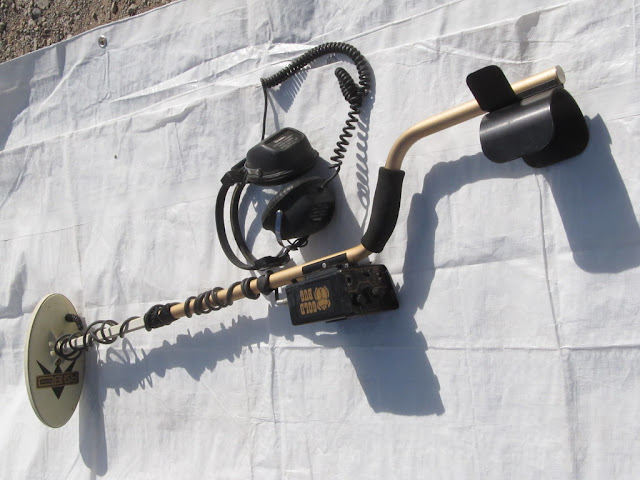What is a Bug?
Bugs used to be rather basic devices, relying on audio pickups and a relay. Bugs were commonly implanted in people's landlines, with the line out and microphone transmitting private calls to the party that planted the device. Depending on the desired method of communication, some listening devices also used radio or two-way signals.
These gadgets have progressed to include audio and video capabilities and Wi-Fi, Bluetooth, and even cellular streaming transmission capabilities. Bugs are inconspicuous, making them nearly hard to detect without sophisticated counter-surveillance technology and an expert eye. When they go undiscovered, the amount of critical information they can send out is practically limitless. This not only puts your information in the wrong hands, but it also puts you in danger of having your remarks misconstrued and exploited against you by political or legal opponents, as well as other hostile parties.
How to Tell If a House Is Bugged: Possible Locations
Take a good look around the house first and see if anything seems out of place or if you hear a strange buzzing noise. Turn off all electrical devices, including your refrigerator. To get peace of mind, you need to conduct a thorough inspection.
Check every nook and crevice because most persons who know how to utilize audio bugs are professionals. Above all, phone bugs almost always have a power supply, so double-check.
Telephones, lamps, sofas, and other pieces of furniture that aren't moved regularly are all popular hiding spots. Bugs love to infest radios, televisions, and telephones.
Here Are A Few More Pointers:
- Pay attention to the imprints left by the furnishings. Chairs, couches, and tables flatten carpets and rugs, so you'll notice. Also, use the walls as a reference point to see if the furniture is close to or far from them.
- Look for suspicious pinhole mics or concealed cameras on discoloured walls, and keep an eye on the sockets, outlets, and light switches. Examine them and unscrew them if necessary. Some may be slightly out of place in comparison to their previous position.
- Wooden grains or white powder suggest that furniture or items have been relocated near the walls. Drywall shavings indicate that someone has drilled into the drywall, most likely to plant bugs. Keep an eye out for cracks or chips in the walls.
- Suspicion should be raised if you discover strange new objects in your rented hotel room. Gifts from your ex, sales associates, dubious delivery men, or competitors who give away pens, clocks, lamps, complimentary iPods, and other products may be bugged.
The Investigative Firm uses the latest technology and provides the best TSCM service. Furthermore, The Investigative Firm's crew has the necessary competence to operate the equipment like bug detectors, etc, and carry out bug sweep services. They have been providing quality service since 1999 and have vast experience and expertise in this field. Due to its high-profile investigation success, it has featured on KVUE TV in Austin, Texas, the Dallas Business Journal, the San Bernardi no, California Sun Newspaper, the Los Angeles Times, and WZZA and K-TSU-Radio.
Related Post: What Is Asset Searches?
















No comments:
Post a Comment